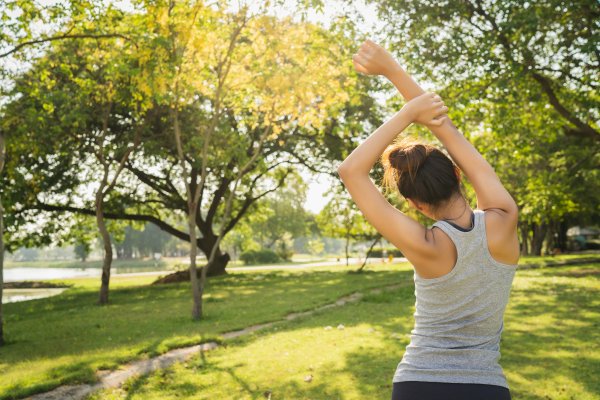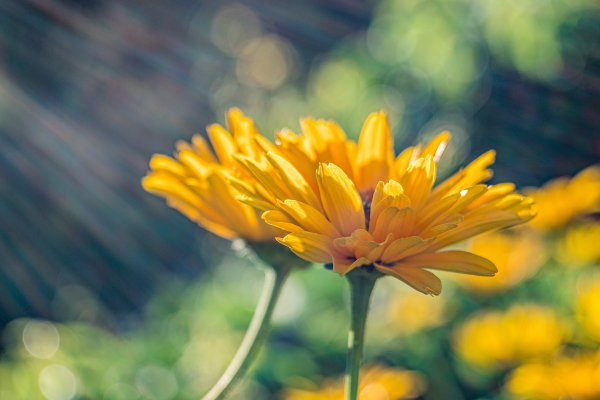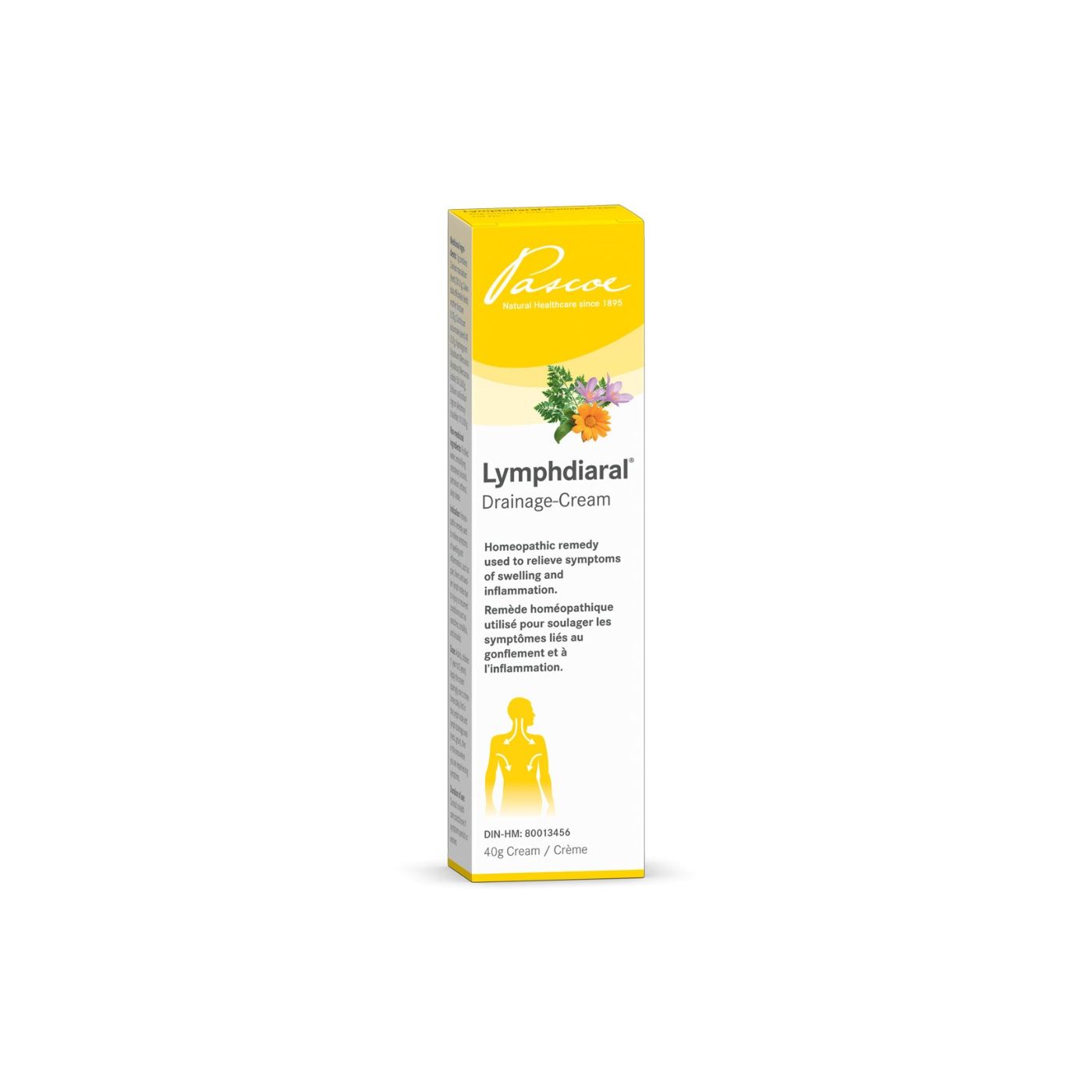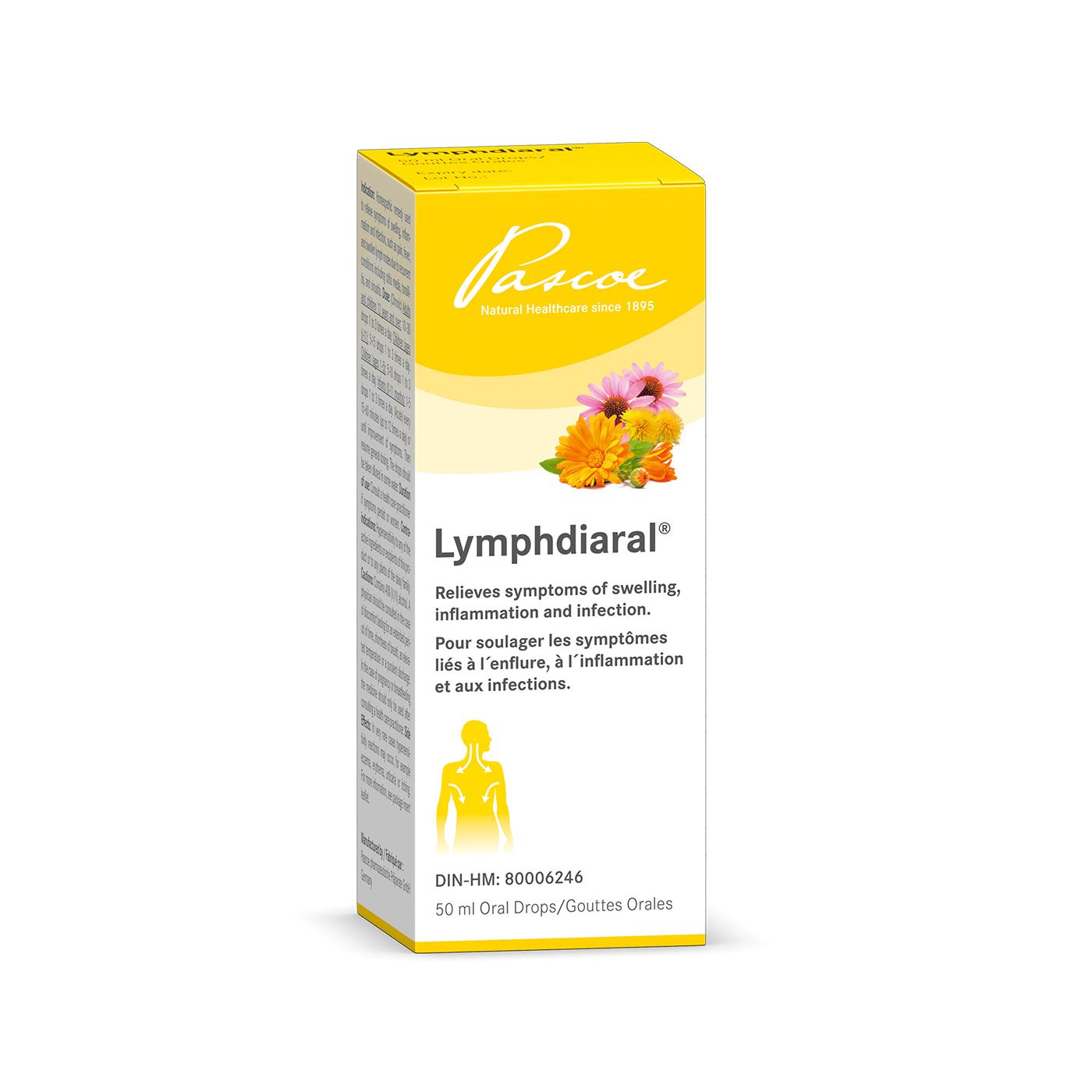Relieving Injury and Inflammation with Lymphatic Massage
The lymphatic system is the series of pathways that lymph fluid passes through for detoxification. The lymphatic system consists of lymphatic vessels, nodes and organs. It is responsible for helping to cleanse the body of harmful impediments and infection.
Lymphatic Organs
The lymphatic organs include the spleen, thymus, tonsils and lymph nodes. The fluid passing through the organs of this system is called lymph. The lymphatic fluid passes through lymph nodes, vessels and each of the lymphatic organs, cleansing the body on a deep cellular level.
Lymph contains many white blood cells, originating from bone marrow, one of the primary lymphoid tissues. These white blood cells in the lymph help defend the body against infection. As such, it is a vital component of our immune health.
Lymph nodes are dispersed throughout the lymphatic system and are responsible for filtration. Lymph passes in between cells, collecting metabolic byproducts, accumulated toxins, excess fluid and other foreign substances. In passing through the nodes, it is filtered and then transferred back into the system, eventually exiting the process in the bloodstream.


Lymphatic Drainage
The lymph nodes are predominantly found in the neck, groin and underarm area. Additional nodes are found in and around the tonsils, adenoids, and appendix. They also exist in the digestive tract, and are located in the Peyer’s patches of the small intestine, as well as other GALT (gut-associated lymphatic tissues). When infected, these nodes retain substances and pain is felt nearest to the site of infection.
Lymphatic circulation and drainage, however, does not occur on its own. By engaging in an active lifestyle, we can assist the process. The fluid that passes through lymphatic vessels must be emptied into right and left lymphatic ducts. These ducts are linked to the subclavian vein which is responsible for returning the clean lymph to the bloodstream. Lymphatic flow moves in one direction, starting at the extremities and emptying into these ducts near the heart. Lymphatic drainage helps manage healthy blood pressure and volume and prevents lymphedema.
Lymphedema, or lymphatic edema, is a blockage and retention of lymph fluid. It is caused by damage to the nodes or vessels and presents as swelling and inflammation. Lymphedema is commonly associated with cancer.
Our blood and lymphatic pathways are both extensive and vital networks through the human body. They deliver oxygen and nutrition to extremities and organs. They also clear out wastes and carbon dioxide, and regulate the interstitial pressure of organs and tissues.
Lymphatic Self-Massage
Lymphatic massage can address both acute and chronic pain. By encouraging regular flow of lymph through lymphatic organs, we remove contaminants that can affect their functioning. Swollen ankles, stiff muscles, lower back pain, and other sports injuries can be healed by applying general, as well as specific massage.
When conducting lymphatic massage, we first address areas where lymph nodes predominantly exist. This includes the neck, groin and underarm areas. We want to encourage general flushing before addressing specific areas of injury.
It is best to start with the upper body (head, neck, chest) where lymph nodes predominantly exist and are closest to the heart. Then we can shift our focus to the lower extremities, drawing the fluid up towards the heart. From there, we can address the areas of particular swelling, sore muscles or back injuries, by gently applying pressure more directly.
Lymphatic massage only requires a light touch. It is not intended to be aggressive and the stretching should never feel painful. After warming your hands by rubbing them together, apply gentle pressure starting at the top of the lymphatic pathways. Start at the front of the neck, using two fingers apply a sweeping motion from just above and to the side of the collarbone down towards the collarbone and heart.
Lymphatic massage is performed with a flat palm on bare skin. It is done by gently stretching and releasing the skin, flushing towards the heart. We work along this pathway to encourage movement with its regular flow. The objective is to encourage the fluid towards an area of working lymph nodes for filtration. The process will clear blockages and mitigate potential issues, finally passing, clean, into the bloodstream.
Next comes the massaging of the axillary or underarm areas. Lift your arm gently and place the opposite hand under your arm. Start by sweeping your hand gently up and across the skin towards the heart. Release and rest for a moment before repeating for 10-15 times. Then go in the opposite direction and use a sweeping motion to move your palm down from your collarbone, ending in the armpit. Finally, stretch and gently release the skin, moving down the neck towards the centre of the chest.
Use a sweeping motion and move your hand from the front to the side of the neck, repeating this motion 10-15 times. Next, move the palm of your hand down the back of your neck, from just below the base of the skull to the top of the shoulder. These neck massages can stimulate the ear canal and mitigate middle ear infections.
A targeted approach can be used for many conditions. Massaging downwards from the sinuses can help relieve a stuffy nose and fight sinus infections. By massaging the lymph at the back of the neck and behind the ear, we can minimize the symptoms of earaches and sore throat.
Other Purposes
In the summer, gentle lymphatic drainage can help heal sunburns, skin rashes related to heat or poison ivy, and bug bites or bee stings. By encouraging lymphatic flow around these areas, we encourage the flushing and healing of related inflammation and infection.


Benefits of Ongoing Cleansing
Reduce chronic inflammation and encourage a more restful sleep by getting into the habit of performing lymphatic massage daily before bedtime. Engage in deep breathing to relax the body and allow the flow of fluid through lymph nodes and vessels. Lymphatic drainage can also be supplemented with tools, like a dry brush!
The benefits of lymphatic massage are both acute and chronic. Physical exercise is the easiest way to encourage lymph flow on a regular basis. You can also encourage the process internally with products that contain both calendula and echinacea to reduce inflammation and stimulate lymphatic flow from inside the body.
References:
https://courses.lumenlearning.com/microbiology/chapter/anatomy-of-the-circulatory-and-lymphatic-systems/
Lymphatic System: Parts & Common Problems.
How to do Lymphatic Self-Massage on Your Face, Head and Neck
How to Do Self Lymphatic Massage on Your Lower Body
The Effectiveness of Manual Lymphatic Drainage in Patients With Orthopedic Injuries
Blood and Lymphatic Vessel Formation - PMC
Prescription for Nutritional Healing (Fifth Edition). A Practical A-to-Z Reference to Drug-Free Remedies Using Vitamins, Minerals, Herbs & Food Supplements. Phyllis A. Balch. CNC. Revised and Updated by Stacey Bell, DSC
Staying Healthy with Nutrition. The Complete Guide To Diet and Nutritional Medicine 21st Century Edition. Elson M. Haas, MD with Buck Levin, PhD, RD
Disclaimer
Pascoe Canada does not offer health or medical advice as we are not a healthcare practitioner. Please speak with your healthcare practitioner before beginning any program related to nutrition, diet, exercise, fitness, medical, and/or wellness. All content published by Pascoe Canada is developed through collaborating with licensed medical professionals and contributors. This includes text, graphics, images, and other material on the website, newsletter, and products (“Content”). This content is for informational purposes only and does not constitute medical advice. The content does not substitute professional medical advice, diagnosis, or treatment. Please always do your own research on whether this is for you along with your healthcare practitioner advice. Always consult your healthcare practitioner prior to using specific herbs because you might have underlying conditions that need professional care. The content is general in nature and is subject to change. It is not intended to cover all possible uses, directions, precautions, warnings, drug interactions, allergic reactions, or adverse effects.




